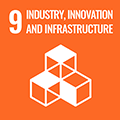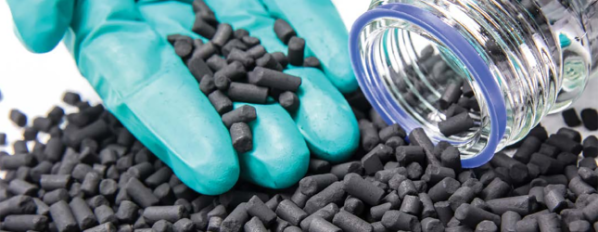Researchers at Queen’s have developed a cutting-edge Structural Health Monitoring (SHM) smart alerting system to monitor structures in real time to directly inform decision making at local government level.
Research Challenge
ASSESSING STRUCTURAL SOUNDNESS AND SAFETY
All structures within transport networks deteriorate over time. As many bridges approach the end of their intended design life novel inspection and assessment methods are required to determine the true capacity under increasing loading. To date, monitoring of this deterioration has broadly been conducted via conservative design assessments on a structure-by-structure basis with only limited data being recorded, for example through visual inspection. Although its beneficial during the design stage this level of conservatism can be financially prohibitive in the assessment of ageing infrastructure.
Our Approach
A DATA-DRIVEN SMART ALERTING SYSTEM
Structural Health Monitoring (SHM) seeks to dramatically improve on this approach by interrogating, in real time, the large data sets provided by remote diagnostics. This novel data analytics-led approach tackles the issue in two ways:
‘Health’ modelling: By developing scalable analytic models, large volumes of data are harnessed to provide new statistical insight into how structural health assessment can be transformed to provide new sets of Key Performance Indicators. In addition, a new approach to statistical process control provides a smart sampling capability for collected data.
Monitoring: Developing a diagnostic network to allow data collection in a robust and effective manner that can be assessed within the framework of the above health modelling.
A data analytics driven front end underpins a smart system that diagnoses the progression of ‘true’ deterioration in structures by rejecting ‘false’ alerts. SHM reveals if assets must be replaced, repaired or, crucially, if their service life can be extended.
By embedding data analytics models within an intelligent diagnostic framework, this unique system has delivered step-like improvements in infrastructure monitoring in Northern Ireland.
Human safety and disaster prevention is at core the SHM Smart alerting system.
What impact did it make?
PROVIDING REAL-TIME FEEDBACK TO LOCAL AUTHORITIES
In Northern Ireland, through a long-standing collaboration between Queen’s and the Department for Infrastructure, a step-like improvement in infrastructure monitoring was realised by embedding data analytics modelling in structural health monitoring Ultimately, this advance has driven the implementation of a new alerting system for the whole of Northern Ireland.
The research has been critical in allowing the safe extension of service life of assets with a capital value of more than £40 million. The ability to extend the service lifetime of these bridges, aside from removing unnecessary repair or replacement costs, also dramatically reduces the impact on the NI economy for which bridge closures are major bottlenecks in cities and towns.
Human safety and disaster prevention is at core the SHM Smart alerting system as it has enabled significant advances in on-site ‘Risk-to-life' assessment and practice during remedial repairs on highway structures in Northern Ireland.
Our impact
Impact related to the UN Sustainable Development Goals
Learn more about Queen’s University’s commitment to nurturing a culture of sustainability and achieving the Sustainable Development Goals (SDGs) through research and education.










